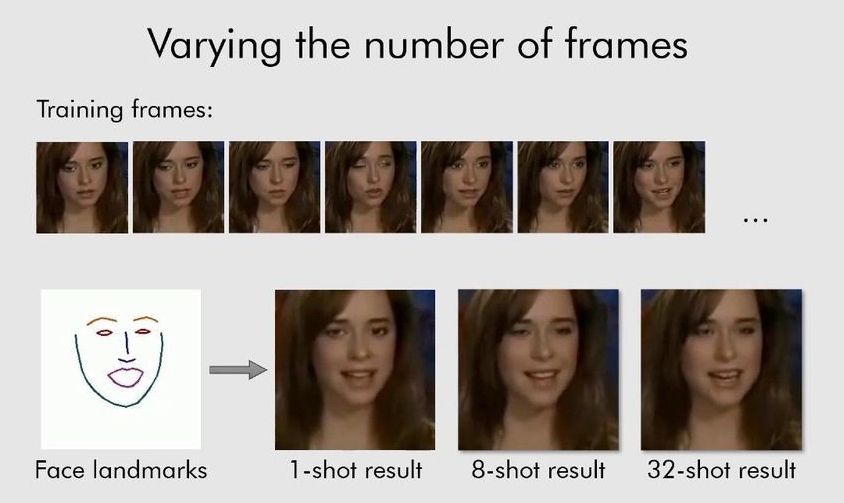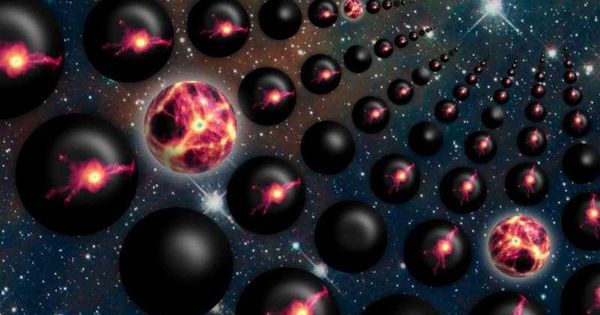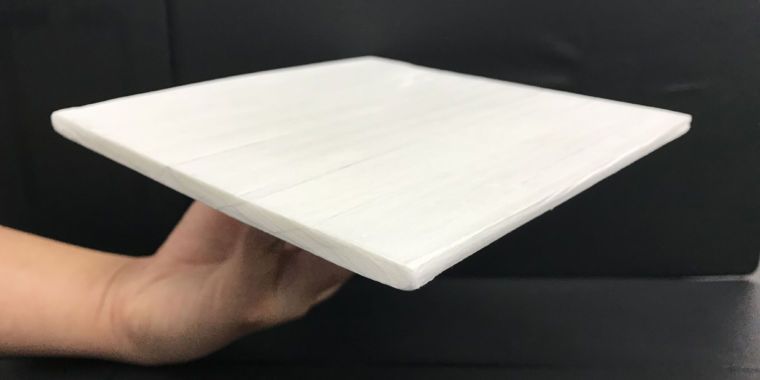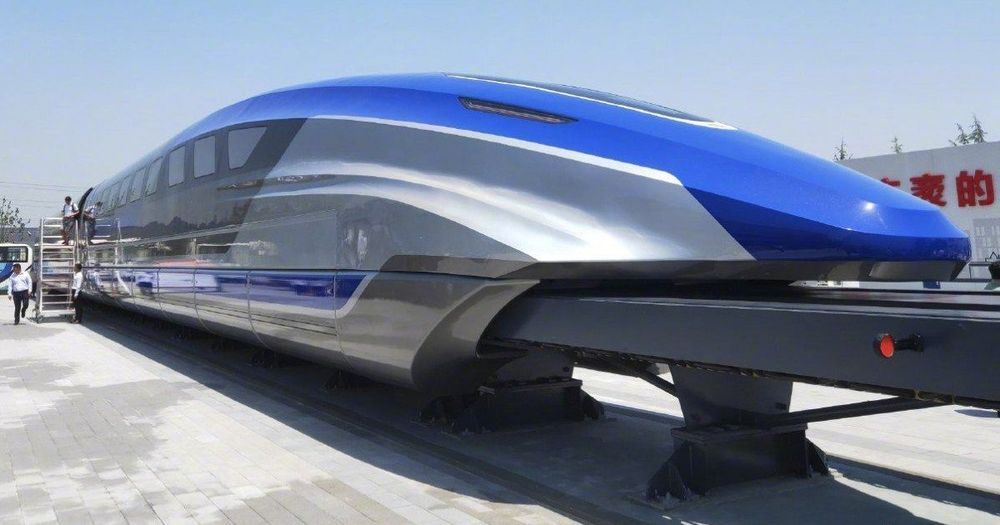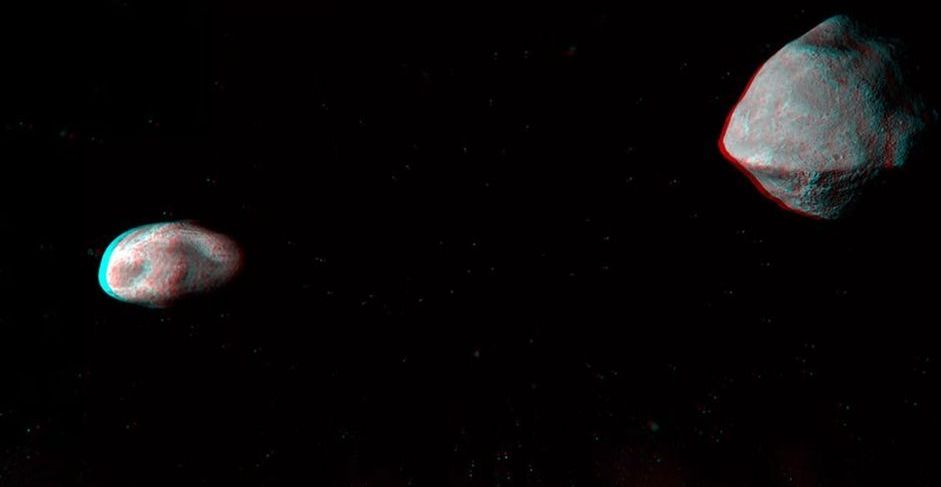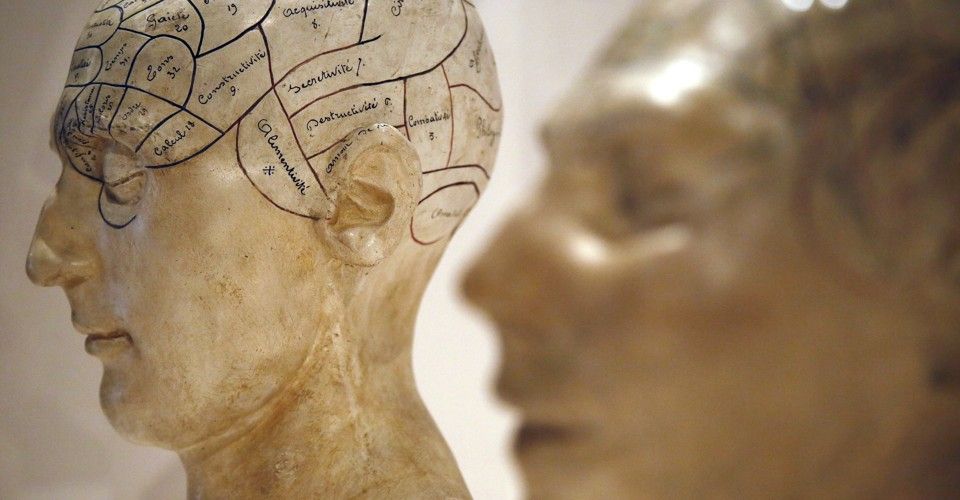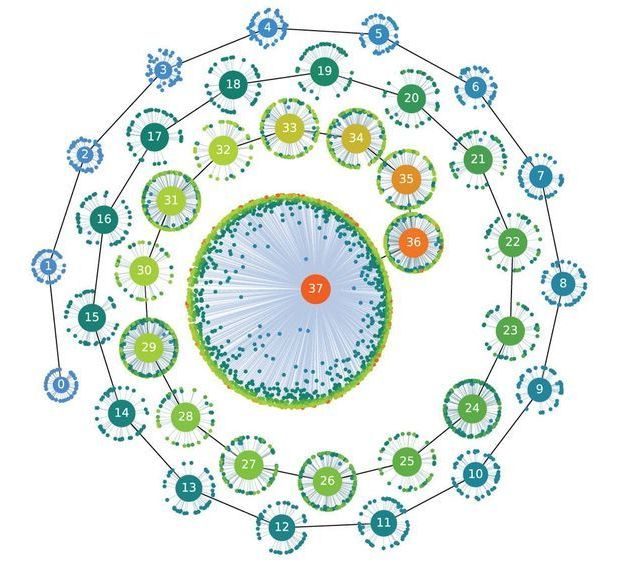Page 7826
May 24, 2019
Samsung deepfake AI could fabricate a video of you from a single profile pic
Posted by Quinn Sena in category: robotics/AI
May 24, 2019
Could Parallel Universes Be Physically Real?
Posted by Quinn Sena in category: cosmology
May 24, 2019
Google bots shut down Baltimore officials’ ransomware-workaround Gmail accounts
Posted by Quinn Sena in categories: cybercrime/malcode, robotics/AI
Somebody lend Baltimore $6.
Google automatically suspended accounts after detecting they were from same network.
May 24, 2019
Stronger than aluminum, a heavily altered wood cools passively
Posted by Quinn Sena in category: futurism
May 24, 2019
AI can now turn still images into moving heads
Posted by Michael Lance in category: robotics/AI

Artificial Intelligence can now fabricate a video from still images!
Continue reading “AI can now turn still images into moving heads” »
May 24, 2019
See China’s Newly Unveiled Maglev Train
Posted by Quinn Sena in category: transportation
May 24, 2019
A New Theory Explains How Consciousness Evolved
Posted by Quinn Sena in category: neuroscience
May 24, 2019
Tapping the power of AI and high-performance computing to extend evolution to superconductors
Posted by Quinn Sena in categories: robotics/AI, supercomputing
Owners of thoroughbred stallions carefully breed prizewinning horses over generations to eke out fractions of a second in million-dollar races. Materials scientists have taken a page from that playbook, turning to the power of evolution and artificial selection to develop superconductors that can transmit electric current as efficiently as possible.
Perhaps counterintuitively, most applied superconductors can operate at high magnetic fields because they contain defects. The number, size, shape and position of the defects within a superconductor work together to enhance the electric current carrying capacity in the presence of a magnetic field. Too many defects, however, can lead to blocking the electric current pathway or a breakdown of the superconducting material, so scientists need to be selective in how they incorporate defects into a material.
In a new study from the U.S. Department of Energy’s (DOE) Argonne National Laboratory, researchers used the power of artificial intelligence and high-performance supercomputers to introduce and assess the impact of different configurations of defects on the performance of a superconductor.

